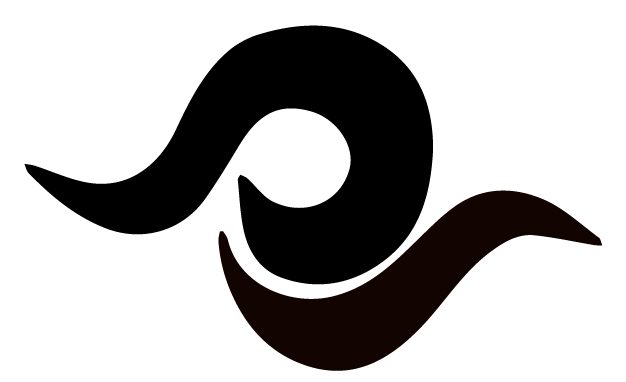1. Brush.
Having a toothbrush handy is very convenient. It is recommended to use detergent to clean jewelry. Fine particle toothpaste can be used for fine particle toothpaste, which has a slight cleaning effect but can cause small scratches on the surface. It is not recommended to use it on plated jewelry. Do not brush delicate jewelry such as pearls hard.
In fact, combining a toothbrush with toothpaste is also very useful, which can be understood as an enhanced version of a soft brush. Different types of toothpaste can affect the effectiveness, and non particle toothpaste/transparent toothpaste can be used to clean most jewelry. Containing particles will leave traces on the metal similar to crabapple powder, which can damage the surface of some hard gemstones and organic gemstones at the bottom, but it is also beneficial for old silver jewelry or antiques. There is a type of toothpaste with extremely thick particles that must be used with caution. The cleaning effect is good, but it may brush out metal on a matte surface.
Electric toothbrushes and facial brushes are two stable options for cleaning jewelry.
2. Wipe a silver cloth.
The silver cloth itself contains small abrasives, which is equivalent to re polishing. It is more convenient and can only clean large areas with light oxidation, and the accumulated oxidation effect over the years is very weak.
3. Haitang powder.
Actually, it’s exquisite calcium carbonate powder. Fine polish the surface to remove oxidation.
4. Apply silver cream.
Due to the nature of the paste, it is difficult to clean the details. But when used to wipe antiques, it can moderately retain the ancient feeling. Non silver products are invalid
5. Silver washing water.
Reducing silver oxidation through chemical reactions. I usually use Conoiseurs. The silver washing water cleans the details very well, and the chain can also be very clean with almost no dead corners. The coating is undamaged and has good cleaning effect. Some gold-plated silver ornaments may have brownish blue stripes for a long time, and silver washing water has the best effect. But the reaction between silver washing water and old sulfur will make the entire old part turn yellow and difficult to wash off, so do not touch old silver jewelry. Silver washing water can also damage the surface of pearls, and organic gemstones should not be touched. If necessary, a fine pen can be dipped in a small area without touching the pearl, and then rinse immediately.
The reaction of silver washing water to different proportions of silver varies, and some silver ornaments may appear slightly yellow on the surface after being washed for a period of time. Wipe with silver cloth or begonia powder.
6. Polishing strip.
In fact, it is a polishing strip used for nail repair, which cannot handle details, but also has an effect on surface scratches and other fine scratches. The long-term oxidation effect is also good, and can be used in conjunction with ultrasonic cleaning machines.
7. Household ultrasound.
The ultrasonic wave used for jewelry cleaning is a very convenient way to wash glasses. The ultrasonic effect is very good, it can be paired with detergent, and stable jewelry can be paired with glass water. Fashion jewelry, many of which use imitation pearls and more metal coatings, is not recommended to use ultrasound, which may cause destructive consequences. The pearl layer on the surface of the imitation pearl will peel off as a whole. For gemstones, ultrasound may cause cracking for varieties with more cracks. Coral is not suitable for use. Old silver jewelry cannot shake together with new silver jewelry, it will become dirty.

